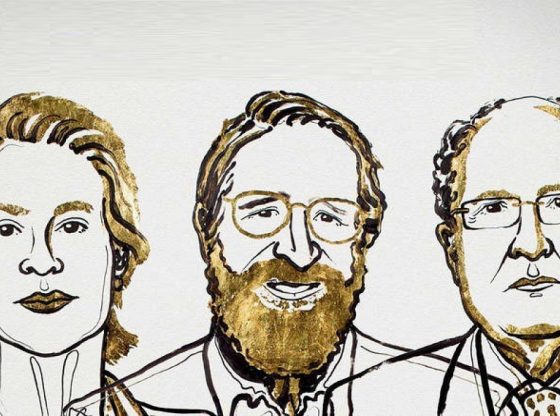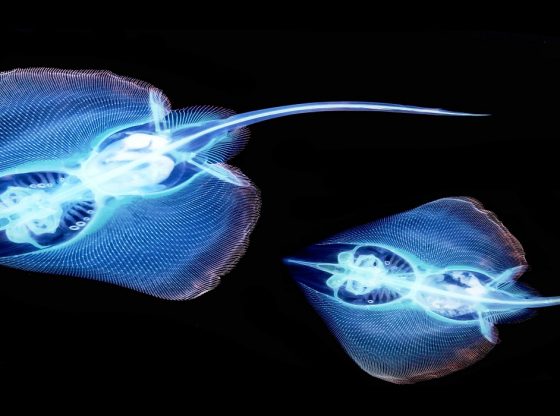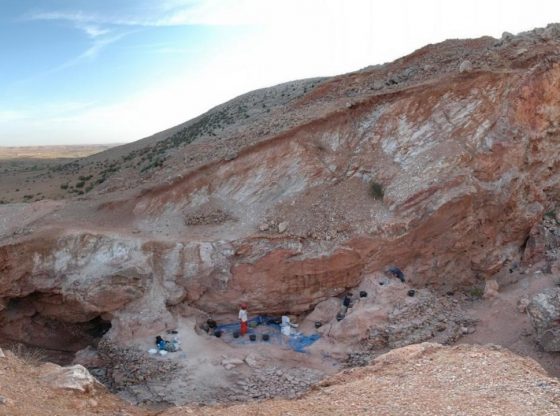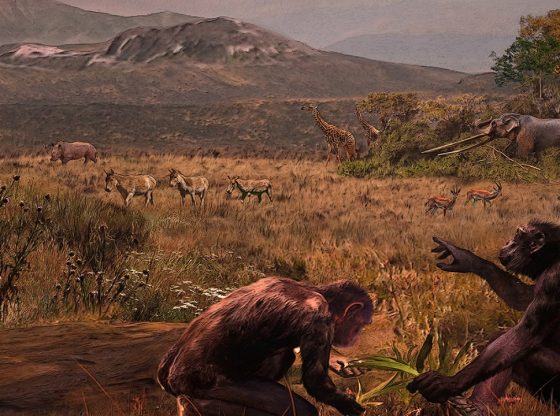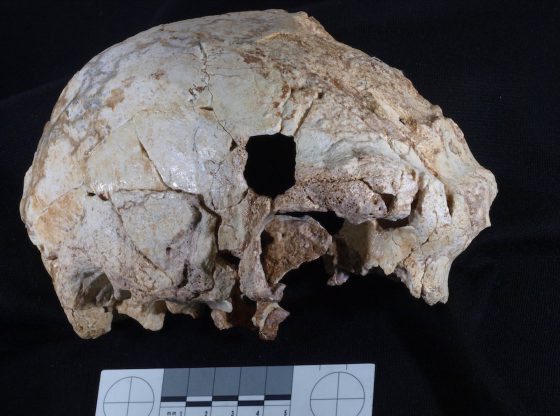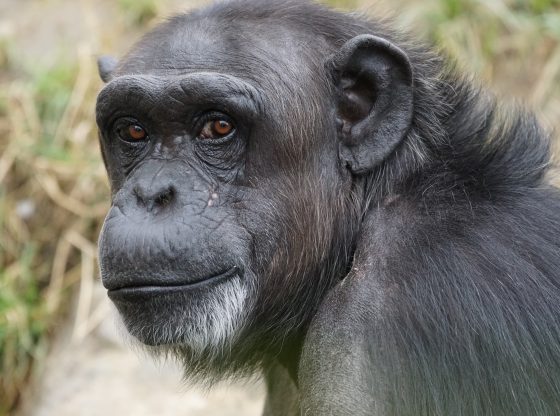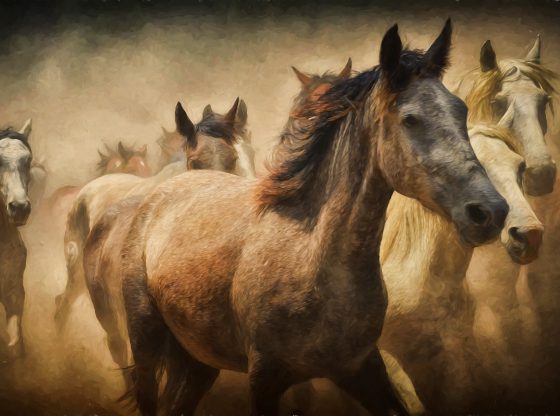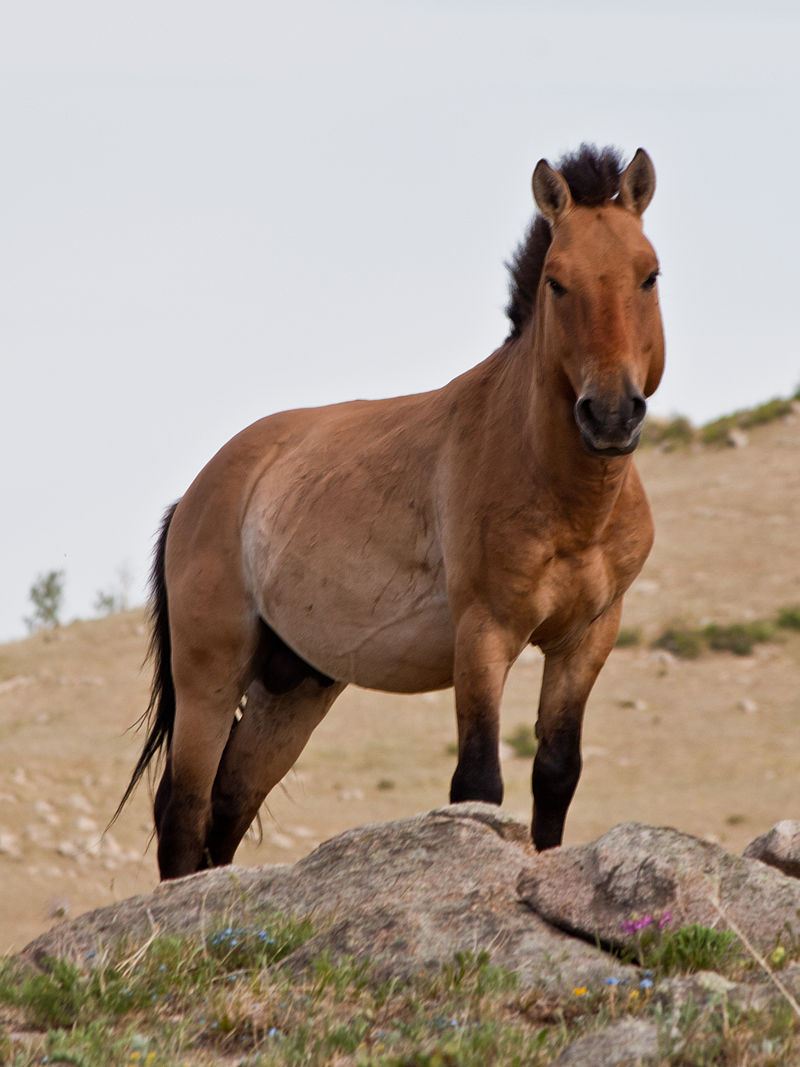
New more sensitive technology reveals the genetics of organic traces of much older petrified bones than what was previously possible.
A team of researchers at the University of Copenhagen have charted the genetics from a foot bone of a horse that lived between 780,000 and 560,000 years ago. This is more than 10 times older than any previous genetic analysis including our own kin – the Neanderthal.
Genetic engineering handbook
A genome is a kind of genetic exposition of an organism. With access to this exposition sequencing this particular animal’s genome, along with those of a 43,000-year-old horse, five modern domestic horse breeds, a wild Przewalski’s horse and a donkey, researchers were able to trace the evolutionary history of the horse family in unprecedented detail.
Using this data, the researchers can establish that the horse evolutionary history as a separate species began more than 4.5 million years ago. This is thus twice as old as was hitherto believed.
The genome reveals that the most unchanged modern horse breed that exists today is the Mongolian Przewalski horse. While other “wild” horses from e.g, North America and Australia – are in fact descended from domestic horses and only the Przewalski horse is a 100% pure wild horse.
Immune system is crucial
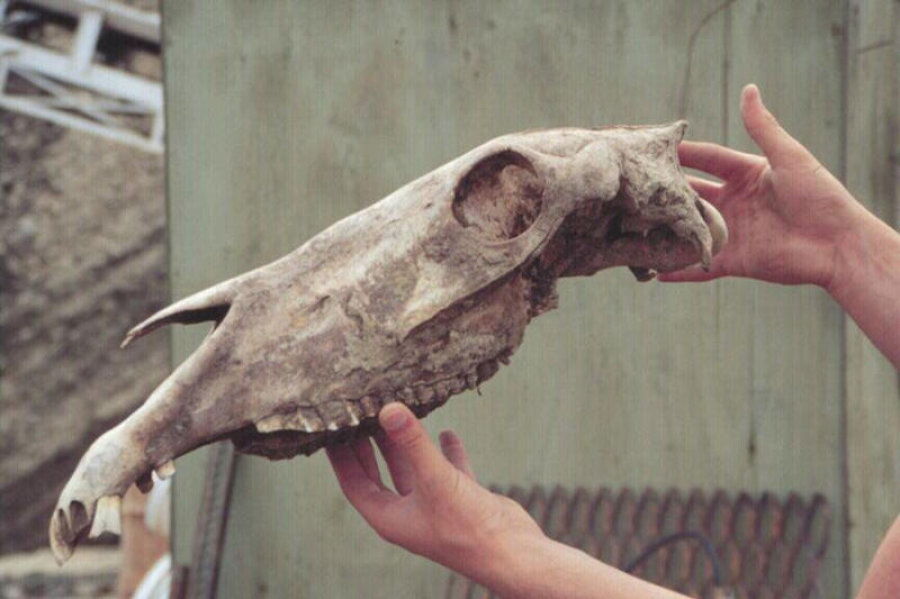
The horse genome is a textbook example of how evolution works, and scientists can through molecular analysis see what has been crucial for the horse to survive and become the horse species we know today. They noted that the sense of smell and the immune system has played a crucial role.
The areas of the genome that carry genes involved in these two things are virtually unchanged for the last 700,000 years. It means that there has been a strong selection for a good sense of smell and a potent immune system. Only the horses that had the best sense of smell and were the least sick have survived and brought their genes through time.
Molecules are time machines
But the most important of this particular genome study is the astonishing age of 700,000 years, which shows that DNA and other molecules are a time machine that opens a window deep into prehistory. The report’s lead author, Professor Eske Willerslev of the Centre of GeoGenetik at the National Natural History Museum in Copenhagen, values that scientists can map 1.2 million years back in time, and perhaps even further back for better conditions.
“In Antarctica’s permafrost, being much colder, I would not be surprised if you could get two million years back in time,” said Willerslev.
As DNA is providing us with a looking glass to history, perhaps two million years back in time, scientists have now become aware of a class of molecules that could take us further back – namely proteins.
American researchers have for example discovered simple bone proteins found in dinosaur fossils that are 68 million years old. Others have found molecules in crinoid that is an unimaginable 340 million years old.
Molecular scientists have fossil of hidden tracks to follow and only technology limits how old information they can read.
_______________
First horses arose 4 million years ago
______________________________

